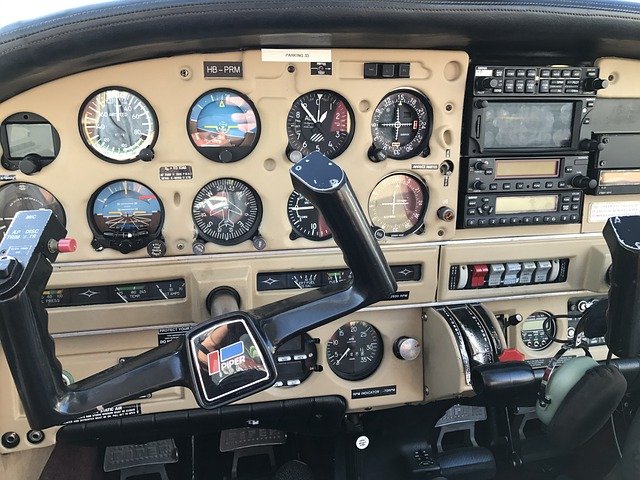Drone Pilot Training: Skills for an Aerial Technology Career
Becoming a trained drone pilot blends practical flight skills, regulatory knowledge, and technical competence. Whether you’re pursuing aerial photography, inspection work, or a commercial aviation adjunct role, structured training helps you operate safely, understand airspace rules, and apply emerging technologies. This article explains core training components, how aviation regulations shape learning, career pathways, essential technology skills, and planning for safe aerial operations. It’s written for anyone exploring drone pilot training or assessing local services and programs in your area.

What will you learn about drone operation?
Practical flight instruction covers manual flying, takeoff and landing techniques, and handling common in-flight scenarios such as gusts, visual-line-of-sight transitions, and battery management. Training also includes preflight checks, weather assessment, payload handling, and emergency procedures. Good courses combine classroom lessons with simulator time and live flights so learners build muscle memory and decision-making under realistic conditions. Emphasis on risk assessment and checklist discipline is common because safe drone operation relies on preparation as much as stick-and-throttle skill.
How do aviation rules shape training?
Regulatory frameworks govern how and where drones fly, and training focuses heavily on these rules. In many countries, commercial drone pilots must pass a knowledge exam and register aircraft; courses explain airspace classes, temporary flight restrictions, and communication protocols with manned aircraft. Understanding NOTAMs, privacy considerations, and local ordinances is integral to compliant operations. Reputable programs include exam prep and scenario-based exercises that teach how to interpret and apply aviation rules in real-world missions.
Can drone training lead to a long-term career?
Drone pilot training can be an entry point into several career paths: aerial surveying, infrastructure inspection, filmmaking, agriculture analytics, emergency response support, and roles that augment traditional aviation operations. Progression typically requires accumulating logged flight hours, gaining specialized certifications (e.g., for beyond visual line of sight or specific sensors), and developing domain knowledge such as photogrammetry or GIS. Networking with local services, joining professional associations, and building a portfolio of aerial work are common steps toward a sustainable career.
Which technology skills matter for pilots?
Modern drone operations demand familiarity with hardware and software. Pilots should learn aircraft systems, sensor types (RGB, thermal, LiDAR), and how payload choice affects flight planning. Proficiency in flight planning apps, mapping platforms, and post-processing tools for stitching imagery or generating 3D models increases marketability. Basic troubleshooting, firmware updates, and data management (including secure transfer and storage) are essential. As autonomy advances, understanding mission planning for semi-autonomous flights and integrating telemetry into workflows becomes increasingly valuable.
How to plan safe aerial missions?
Mission planning begins with a clear objective: inspection checklist, mapping grid, or cinematic shot list. Effective plans outline launch/recovery sites, contingency landing zones, airspace evaluation, crew roles, and communications with nearby stakeholders. Risk assessment matrices quantify potential hazards—people on the ground, obstacles, or signal interference—so mitigations like visual observers or adjusted flight altitudes can be defined. Rehearsals using simulators and briefings with local services or property owners reduce surprises during live operations.
Conclusion
Drone pilot training is a convergence of aviation knowledge, hands-on flying, and technology proficiency. Well-structured programs teach you to interpret airspace rules, operate multiple sensor types, and plan missions that prioritize safety and data quality. For those aiming to turn skills into a career, cumulative flight experience, specialized certifications, and continual learning about evolving technology are key. Exploring accredited courses and local services in your area helps align training with the regulatory and market needs where you intend to operate.






